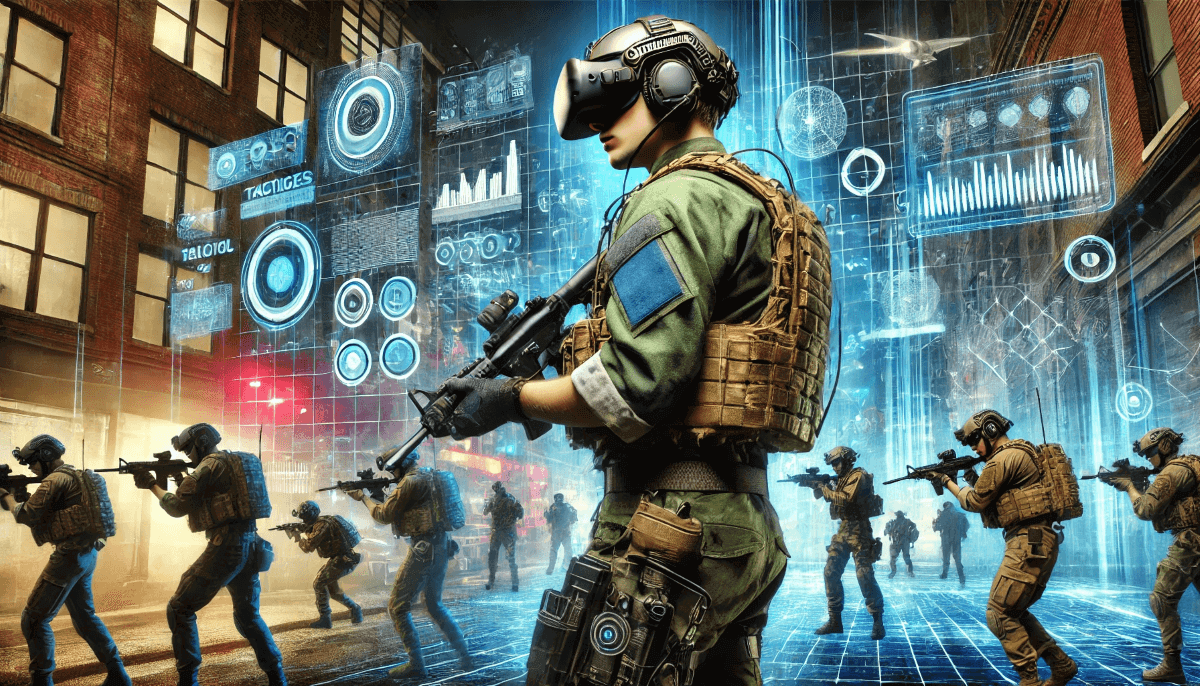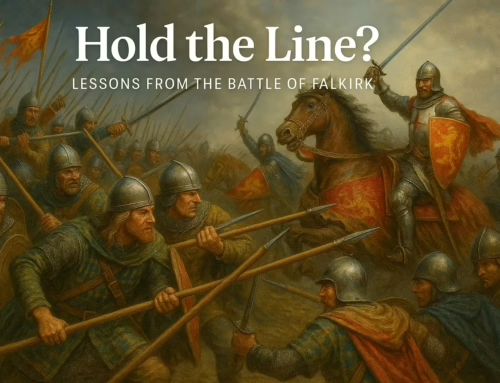In the shadowy world of covert operations, where missions blur the lines between survival and sacrifice, “Special Ops: Lioness” presents a gripping portrayal of the intense training, mental fortitude, and moral dilemmas operatives face. The show’s depiction of virtual reality (VR) training is a standout—raising questions about how modern technology transforms how we prepare soldiers and agents for the unpredictable battlefield. As a military trainer with years in the field, I see these portrayals not as far-off fiction but as reflections of real-world trends in tactical training. Let’s break it down.
The Mission Comes First—But at What Cost?
In Lioness, Josephina is thrust into a grim secret base, stripped of camaraderie, and handed a weapon. Her VR training begins with disorientation: She is dropped into a chaotic environment with no clear directives, no visible allies, and civilians scattering under fire. “Kill anyone in your way,” she’s told—words that challenge her tactical instincts and humanity.
This is no Hollywood embellishment. The stress of ambiguity, the chaos of civilian-laden environments, and the weight of life-or-death decisions are realities for operators in asymmetric warfare. The VR scenarios in the show may look extreme. Still, they mirror the cutting-edge training methods we’re adopting today, where operatives must prepare for the morally grey, high-stakes situations they’ll face.
Virtual Reality: A Tactical Game-Changer
The realism of the VR training in Lioness is striking. High-fidelity graphics, environmental detail, and adaptive simulations make this a training ground where mistakes cost more than just a score—they expose critical gaps in readiness.
In today’s military and law enforcement, platforms like BattleVR and FieldVR have already transformed how we train. These systems immerse trainees in virtual environments, allowing them to experience urban combat, hostage rescues, or active shooter scenarios in a safe yet incredibly realistic way. Unlike traditional static ranges or mock villages, VR evolves with the operator. Complex scenarios can be adjusted on the fly, and after-action reviews dissect every decision to sharpen tactical skills and situational awareness.
In Lioness, Josephina’s disorientation—no directive, no apparent allies—forces her to think critically and adapt under stress. This mirrors how modern VR systems build what we call cognitive resilience. In real-world missions, hesitation or confusion can mean failure. VR provides the perfect platform to train soldiers to expect the unexpected.
Ethics on the Edge of Chaos
Perhaps the most controversial aspect of Lioness’ VR training is its ruthless directive: kill anyone in your way, including unarmed individuals. This cuts against the grain of military and law enforcement ethics. While training must simulate the pressures of combat, it should never condone indiscriminate violence.
Ethical decision-making is a cornerstone of mission success. Platforms like Archer integrate judgmental training, where operatives must navigate branching scenarios that test their marksmanship and their moral compass. For example, a hostage rescue scenario might punish collateral damage, encouraging operatives to seek creative, non-lethal solutions.
VR training shouldn’t just replicate chaos but prepare trainees to restore order that aligns with mission objectives and values. Teaching operatives to distinguish combatants from civilians, even in split-second decisions, is as critical as pulling the trigger.
Building Team Cohesion in the Virtual World
One glaring issue in Josephina’s training is her team’s hostility. While isolation might build mental toughness, it risks undermining the trust required for team-based operations. Effective training balances individual and collective readiness.
Multi-user VR platforms like METACAN enable team-based mission rehearsals, where operators coordinate actions, share intelligence, and refine communication under pressure. The ability to train with your unit in immersive environments ensures that you’re not just an operator when the bullets fly—you’re part of a cohesive fighting force.
The Future of Immersive Training
As depicted in Lioness, VR training represents the cutting edge of combat preparation. It’s immersive, adaptable, and brutally honest—there’s no pause button in war. However, training must go beyond the technical to prepare the next generation of warriors. It must incorporate ethics, foster camaraderie, and build resilience.
VR systems today, like those developed by Agincourt, are already leading this charge. With tools like BattleVR for close-quarters combat, FieldVR for tactical complexity, and SentinelOS for predictive crime prevention, we’re equipping operatives to survive and master chaos.
In the end, Lioness is more than just a compelling drama. It’s a window into the evolution of training for the modern battlefield. As trainers, our mission is clear: to ensure that when the next Lioness steps into the fray, she’s ready to fight and lead.





